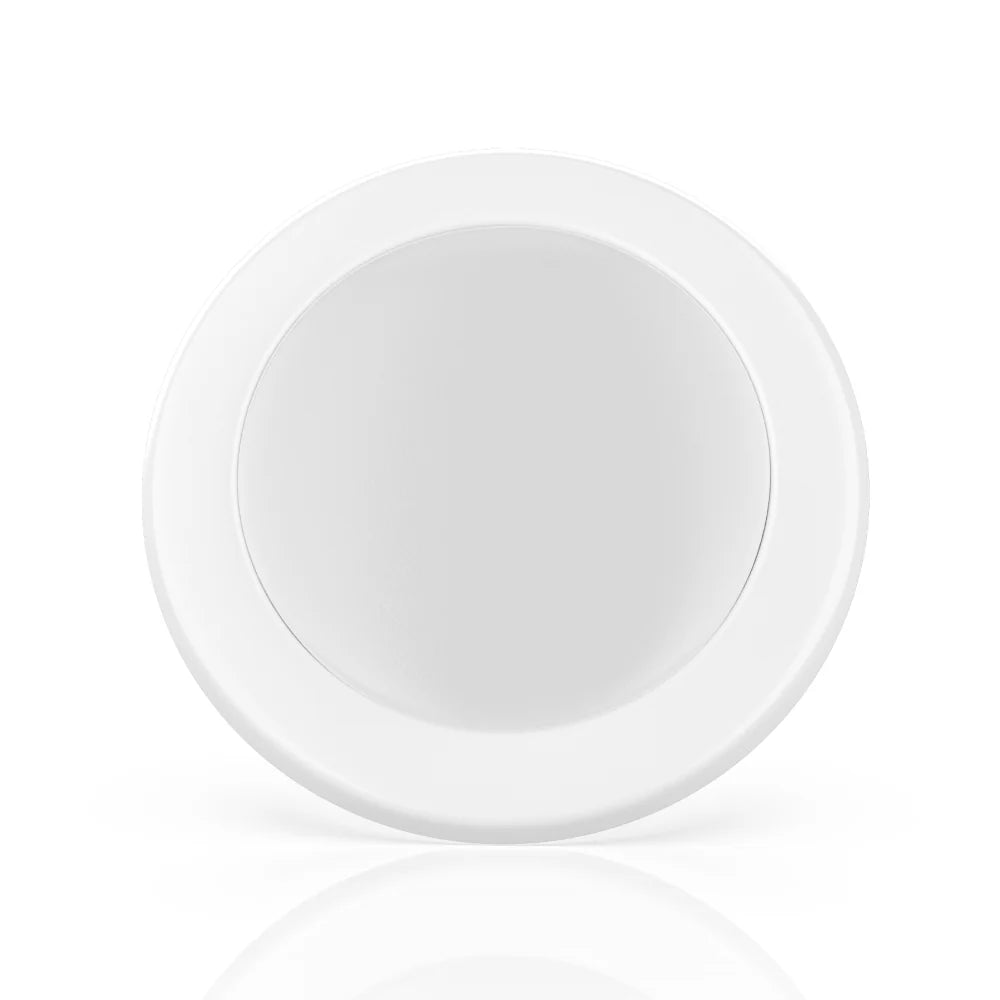In today's fast-paced world, more and more people are working from home. Creating an efficient and comfortable home office space is essential for productivity and well-being. One often overlooked aspect of setting up a home office is lighting. The right lighting can make a significant difference in your work environment, improving focus, reducing eye strain, and boosting overall productivity. In this article, we will explore the importance of home office lighting and discuss the best light options available for creating an ideal workspace.
1. Introduction
When designing a home office, it's crucial to consider every aspect that can contribute to a productive and comfortable working environment. Lighting plays a vital role in this regard, as it not only affects visibility but also influences our mood and concentration levels. By understanding the various lighting options available, you can create a well-lit space that meets your specific needs.
2. Understanding the Importance of Home Office Lighting
Good lighting in a home office can enhance productivity and prevent eye strain. Insufficient or improper lighting, on the other hand, can lead to discomfort, fatigue, and reduced efficiency. By investing in suitable lighting solutions, you can optimize your work environment and maximize your output.
3. Natural Lighting: Harnessing the Power of Sunlight
One of the most sought-after forms of lighting is natural light. It not only illuminates your workspace but also offers numerous health benefits. Natural light promotes better mood, increased vitamin D production, and improved sleep patterns. Position your desk near a window to take advantage of daylight. Consider using blinds or curtains to control glare and adjust the lighting intensity as needed.
4. LED Lights: Energy-efficient and Versatile
LED (Light Emitting Diode) lights have gained immense popularity due to their energy efficiency and versatility. LED bulbs consume less energy compared to traditional incandescent bulbs while providing a bright and focused light output. They are available in various color temperatures, ensuring you can find the right ambiance for your home office. LED lights are also long-lasting, reducing the need for frequent replacements.
5. Task Lighting: Focused Illumination for Specific Areas
Task lighting involves using dedicated light sources to illuminate specific work areas, such as your desk or reading nook. This type of lighting ensures that you have adequate illumination for tasks that require more focused attention. Desk lamps with adjustable arms and brightness levels are ideal for providing task lighting in your home office.
6. Ambient Lighting: Creating a Soothing Atmosphere
Ambient lighting refers to the overall lighting in a room. It sets the general mood and ambiance of your home office. Soft and diffused lighting can create a calm and relaxing atmosphere, while brighter ambient lighting can increase alertness and energy levels. Consider using ceiling lights, wall sconces, or floor lamps to achieve the desired level of ambient lighting in your workspace.
7. Color Temperature: Choosing the Right Light Color
Color temperature is a measure of the warmth or coolness of light. It is measured in Kelvin (K). Different color temperatures have distinct effects on the overall atmosphere of your home office. Warmer light (lower Kelvin values) creates a cozy and inviting feel, while cooler light (higher Kelvin values) provides a bright and vibrant environment. Selecting the appropriate color temperature can contribute to a more comfortable and visually appealing workspace.
8. Lighting Placement: Illuminating Your Workspace Effectively
Strategic lighting placement is essential for ensuring optimal illumination in your home office. Place lights where they will have the most impact, such as overhead lighting for general brightness and task lighting for specific work areas. Experiment with different lighting positions to eliminate shadows and minimize glare. A well-lit workspace helps reduce eye strain and enhances your overall comfort.
9. Lighting Control: Adjustability for Optimal Comfort
Having control over the lighting in your home office allows you to customize it according to your preferences and tasks at hand. Install dimmer switches or use smart lighting solutions that offer adjustable brightness levels. This flexibility enables you to adapt the lighting to different work requirements, providing a comfortable and productive environment.
10. Lighting Accessories: Enhancing Your Home Office Setup
In addition to the main light fixtures, several accessories can enhance your home office lighting setup. Consider using desk organizers with built-in lighting, monitor lights to reduce screen glare, or LED light strips to add a touch of ambiance. These accessories not only improve the aesthetics of your workspace but also contribute to better lighting functionality.
11. Proper Lighting Ergonomics: Promoting Eye Health
Taking care of your eyes is essential when working long hours in front of a computer screen. Proper lighting ergonomics can significantly reduce eye strain and fatigue. Position your computer monitor perpendicular to windows to avoid direct glare. Ensure that the brightness and contrast levels of your screen are balanced with the ambient light in the room. Taking regular breaks and practicing eye exercises can also help alleviate eye strain.
12. Energy Efficiency: Saving Costs and the Environment
Opting for energy-efficient lighting solutions not only benefits your wallet but also the environment. LED lights, as mentioned earlier, consume less energy and have a longer lifespan compared to traditional bulbs. By choosing energy-efficient options, you can reduce your carbon footprint and contribute to a sustainable future.
13. Maintenance and Upkeep: Long-lasting Lighting Solutions
Investing in durable and long-lasting lighting solutions minimizes the need for frequent replacements and maintenance. LED lights, for instance, have a lifespan of tens of thousands of hours, reducing the hassle and cost associated with bulb changes. Regularly clean your light fixtures and ensure proper electrical safety measures to maximize their lifespan.
14. Tips for Creating the Perfect Home Office Lighting Setup
- Ensure a good balance between natural and artificial lighting.
- Use task lighting to illuminate specific work areas.
- Experiment with different color temperatures to find the ideal ambiance.
- Position lights strategically to eliminate shadows and glare.
- Incorporate lighting controls for adaptability.
- Consider lighting accessories to enhance functionality and aesthetics.
- Take care of your eyes with proper lighting ergonomics.
- Choose energy-efficient lighting solutions to save costs and the environment.
- Maintain and clean your light fixtures regularly for optimal performance.
15. Conclusion
Creating the best light setup for your home office is a crucial step in enhancing productivity, reducing eye strain, and promoting a comfortable work environment. By understanding the different types of lighting available and implementing appropriate lighting techniques, you can create a well-lit workspace tailored to your needs. Remember to balance natural and artificial light, consider task and ambient lighting, and prioritize energy efficiency for a sustainable approach to home office lighting.
Frequently Asked Questions
1. Can I use natural light alone for my home office? While natural light is beneficial, it's not always sufficient, especially during cloudy days or in the evening. It's recommended to have a combination of natural and artificial lighting for optimal illumination throughout the day.
2. What color temperature is best for a home office? The ideal color temperature depends on personal preference and the nature of your work. Generally, a color temperature between 4000K and 6500K is suitable for a home office, offering a balance between productivity and visual comfort.
3. Are LED lights more expensive upfront? LED lights may have a slightly higher upfront cost compared to traditional bulbs, but their energy efficiency and longer lifespan result in cost savings in the long run. They consume less energy and require fewer replacements.
4. How can I reduce eye strain caused by computer screens? To reduce eye strain, ensure proper lighting ergonomics. Position your monitor perpendicular to windows to avoid glare, adjust screen brightness to match ambient light, and take regular breaks to rest your eyes.
5. Are there any eco-friendly lighting options available? Yes, LED lights are highly eco-friendly. They consume less energy, contain no hazardous substances like mercury, and have a significantly longer lifespan compared to traditional bulbs. Opting for LED lighting contributes to a greener and more sustainable home office.



















































































